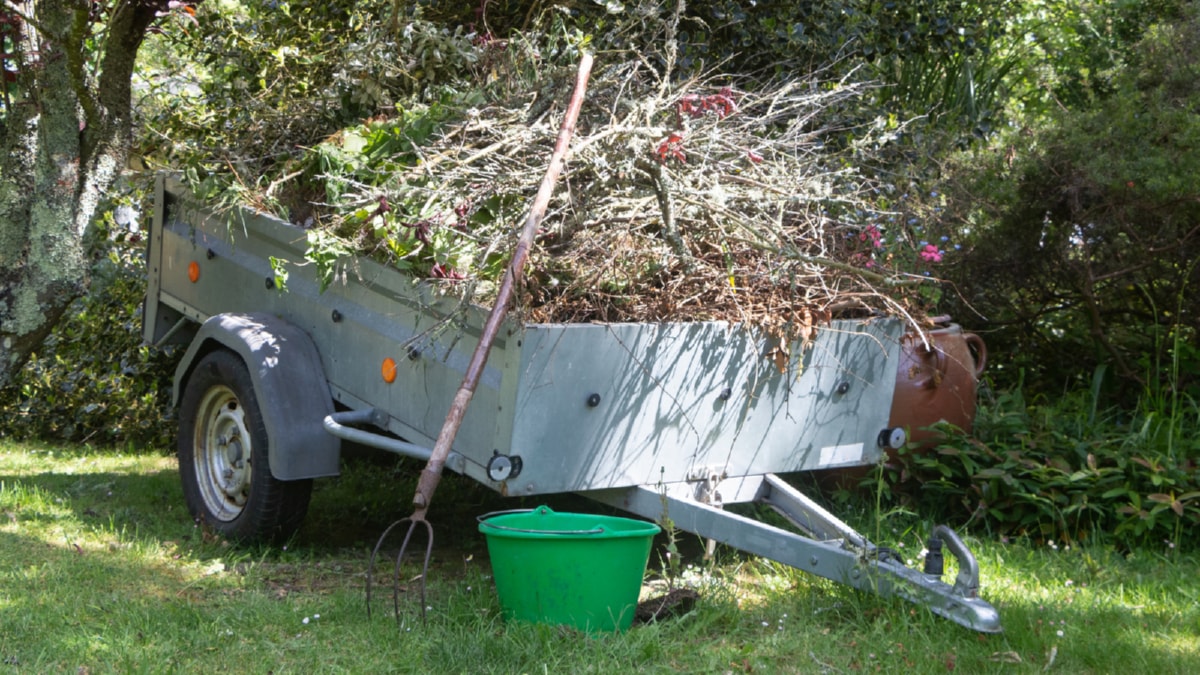The construction industry has undergone a significant transformation in recent years, primarily due to the growing emphasis on sustainability and environmental conservation. This shift has given birth to the concept of ‘Green Building’, a progressive approach that incorporates energy efficiency, resource conservation, and a healthy environment into the construction process.
Green building has its roots in the 1970s energy crisis in the United States. During this period, there was a burgeoning understanding of the importance of energy efficiency and a growing concern about the environmental impact of construction. As a result, architects and builders began to experiment with new approaches to design and construction that would reduce energy consumption and environmental impact. This marked the beginning of the sustainability movement in the construction industry.
Over the next decades, this concept evolved, encompassing not only energy efficiency but also a wide range of other environmental and social issues. In the 1990s, the U.S. Green Building Council (USGBC) was founded to promote sustainability in the construction industry. The USGBC created the Leadership in Energy and Environmental Design (LEED) rating system, which is now recognized globally as a standard for green building certification.
The evolution of green building has been driven by several factors. First, there has been growing public awareness and concern about climate change and environmental degradation. This has led to increased demand for green buildings from both individuals and organizations. Second, there have been advances in technology and knowledge, making it easier and more cost-effective to construct green buildings. For instance, the development of energy-efficient appliances, low-flow water fixtures, and renewable energy technologies have all facilitated the growth of green buildings.
Moreover, green building is not just about the environment. It is also about human health and wellbeing. Traditional building materials and practices can lead to poor indoor air quality, which can have a negative impact on human health. Green building practices, on the other hand, emphasize the use of non-toxic materials and improved ventilation, which can lead to healthier indoor environments.
Today, green building has become mainstream in the construction industry. More and more buildings are being designed and constructed to be energy efficient, water-efficient, and to reduce waste and pollution. These buildings not only help to conserve our planet’s resources, but they also provide a healthier and more comfortable living and working environment.
In addition, green building is also good for the economy. It creates jobs, stimulates technological innovation, and can help to reduce energy and water costs in the long run.
In conclusion, the evolution of green building has transformed the construction industry and created a new paradigm for sustainable development. It is a testament to the industry’s ability to innovate and adapt in response to societal needs and environmental challenges. As we look to the future, green building will undoubtedly continue to play a critical role in shaping our built environment and fostering sustainable development.
For more details, check best masonry services or visit their business listing here.



